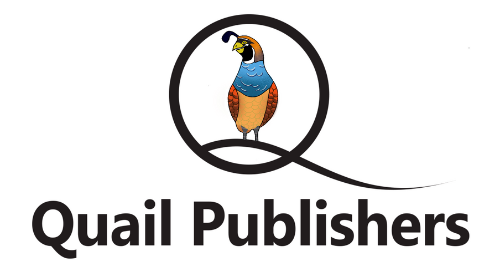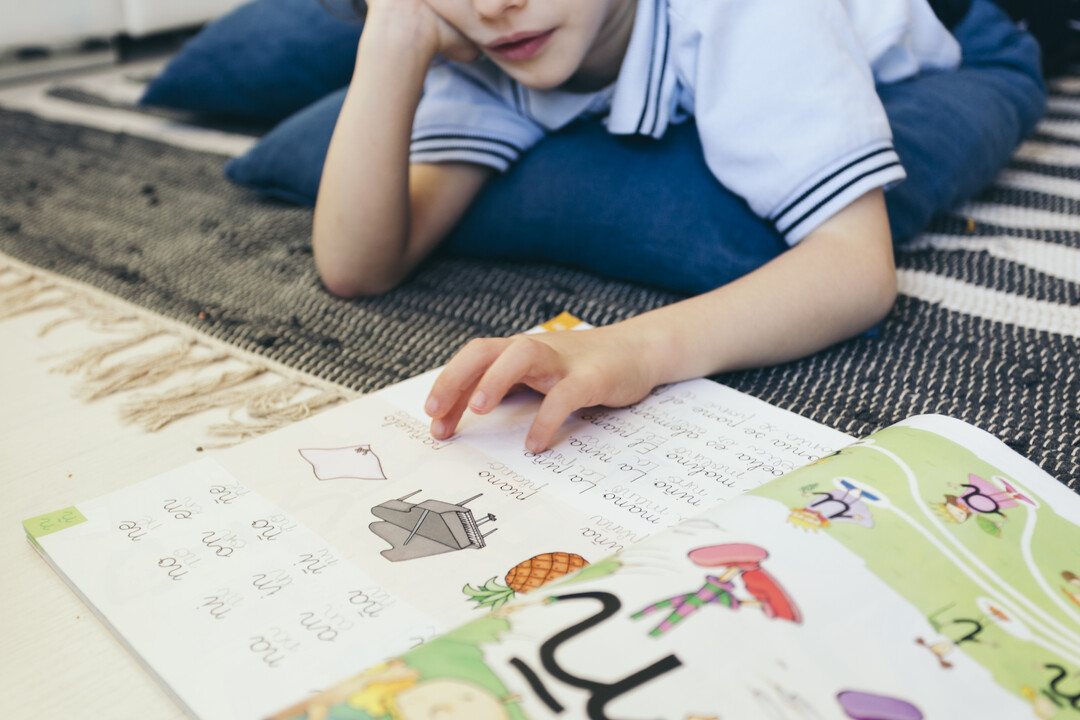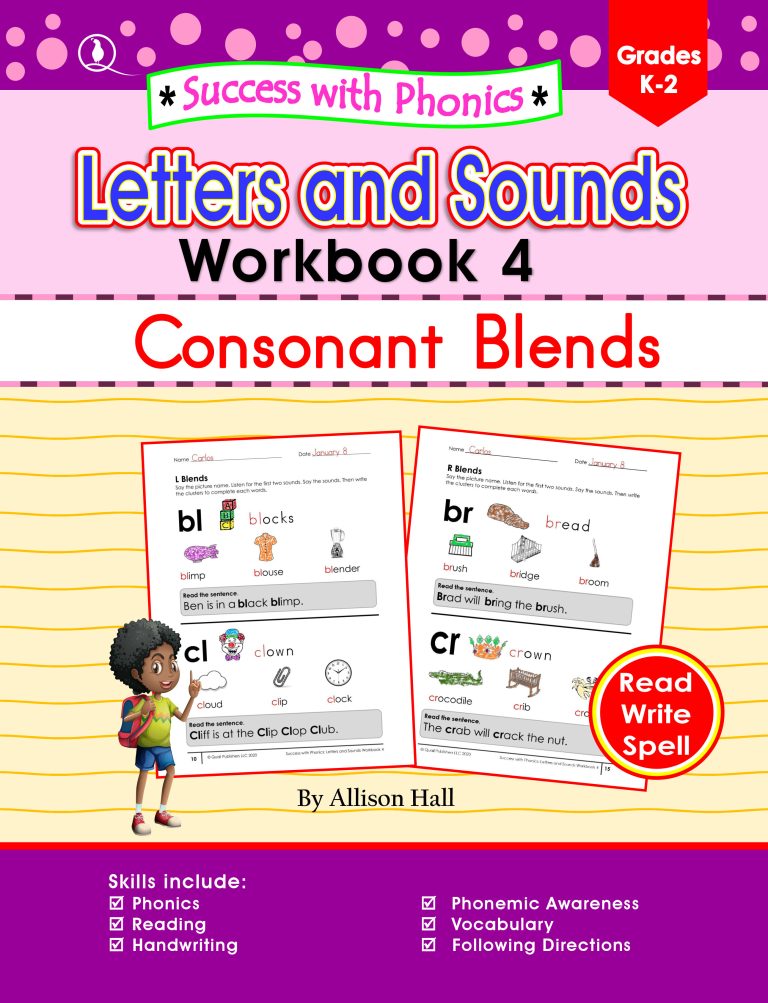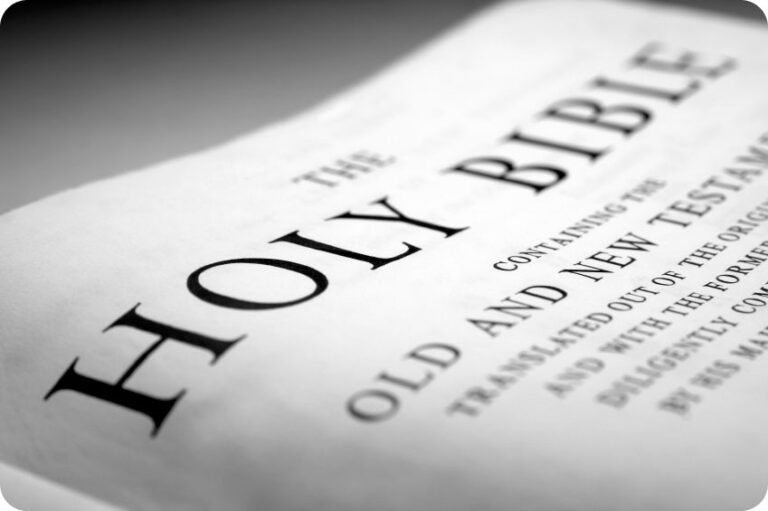Recently there has been much discussion about the number of children reading below their grade levels and failing state exams. Research has shown that one of the contributing factors is insufficient and poor phonics instruction in children’s early years. The thrust to improve children’s reading skills needs an urgent, improved, and sustained partnership involving the most powerful socializing agencies: home, school, media, and religious institutions such as the church.
One may ask, “But how can religious institutions such as the church help?” Well, throughout history the church has always been instrumental in education by establishing schools and using the Bible to teach common public-school topics such as English language arts (ELA). The stories, symbols, and concepts in the Bible therefore make it an ideal resource to teach phonics, an early English language acquisition skill, needed to read, write, and spell words.
Bible Phonics
Bible Phonics is an engaging, explicit (direct), and systematic (orderly) approach to teaching phonics, integrated with Bible teachings, concepts, and themes.
The program utilizes the Science of Reading components: phonemic awareness, phonics, vocabulary, fluency, and comprehension, to ensure literacy. The engaging phonics strategies get children listening, speaking, reading, and writing English words and sentences from an early age while promoting Bible principles and teachings.
The Workbooks
The series includes 7 comprehensive, high-quality, Bible-based workbooks aligned with English Language Arts K-2 standards. The workbooks have engaging, multi-sensory activities for children to read and write fluently and confidently.

Each book includes:
- An informative introduction that guides parents and teachers on how to use the Bible to teach phonics.
- A connecting Bible story to promote reading, Bible knowledge, a sense of story, comprehension skills, and as reinforcement strategies.
- Reproducible activity pages with handwriting practice, Bible stories, and phonics activities.
- Short passages and sentences for children to read, apply, practice, and master their phonics skills.
- Sentence-building activities for students to build their writing skills.
- Activities to teach high-frequency words using the read, write, and spell strategy
- Integrated concepts that further provide children with opportunities to master phonics and explore other topics. For example, compound words and nouns.
8. Assessment activities to measure students’ progress

The Phoneme Sequence
The English language is a universal, alphabetic, and living language. The original Germanic form of English integrated words from other languages including Latin and Greek. Even today English is still absorbing words into its lexicon. The English language contains 44 sounds, however, there are just 26 letters in its alphabet. A single letter or letter combinations therefore represent English speech sounds. For example, the letter ‘s’ can stand for the sound /s/ in the word /snake/, and the letters ‘sh’ stand for the sound /sh/ in the word /ship/. Each book in the Bible Phonics series covers a group of the most common English sound-spelling relationships with a connected Bible story and activities to support mastery of phonics.
Book 1 s a t p i n m d g o c k ck
Book 2 e u r b h f ff l ll ss
Book 3 j v w x y z zz qu ch sh th ng nk wh
Book 4 Consonant Blends
Book 5 Long Vowels (Split Digraphs)
Book 6 ai ee ie oa oo oo
Book 7 ar or ir ow aw oy ur air ear
How Can Bible Phonics Help Children
When children participate in the multisensory activities in the books, they learn:
- Bible Teachings: Learn about Christ’s teachings, life in ancient Israel, and more
- Phonemic Awareness: Identify sounds in spoken words
- Phonics: Understand letter-sound correspondences
- Handwriting: Write the letter or letter combinations that represent each sound
- Spelling: Learn how to segment and spell words
- Reading: Read simple sentences with words with the target sound
- Composition: Build sentences with words with the target sound
- Comprehension: Read and analyze simple texts including stories and rhymes

- The books also have activities that foster the integration of other English Language Arts topics: nouns, verbs, syllabication, and word parts. The Bible Phonics series is a great resource for:
- Christian schools’ kindergarten and lower elementary/primary grades
- Children’s Bible Classes (Sunday School, Sabbath School, and Vacation Bible School) that want to integrate public school topics
- English to Speakers of Other Languages (ESOL) or English as a Second Language (ELL) programs in churches
- Kindergarten and elementary Christian clubs
- Churches that want to establish or grow their children and youth ministries
- Parents who homeschool using a Christian education curriculum
- Missionaries and colporteurs who must share the Gospel and promote ‘Education for All’
Each book in the Bible Phonics series is available on Amazon for just $10.00 and will soon be available in bookstores nationwide.
Click Here! Bible Phonics series
Other books in the series include Bible Math: 1-2-3. The Bible Phonics series including Bible Phonics: A-B-C is available on Amazon and TPT. Explore great Bible math activities on Pinterest.
OTHER POSTS: Using the Bible to teach Early Childhood Math, Don’t Worry Be Happy in Christ, Finding Peace with Christ, Learn from the Ant, A Ride for Life, Scholarships to Go, and Bring the Family Back Together Again.
ABOUT THE AUTHOR
Allison Hall has over twenty years of experience in education. She has worked as a public relations officer and education officer with the Ministry of Education, Jamaica. Allison is the creator of the Success with Phonics, Bible Math, and Bible Phonics series. She holds a Diploma in Teaching, a Diploma in Educational Management, a Bachelor of Arts in Mass Communication, and a Master of Arts in Library and Information Studies. Ms. Hall’s work has been featured in Jamaica’s early childhood, primary, and secondary schools. She is currently a Reading Specialist at a middle school in Boca Raton, Florida, USA.



